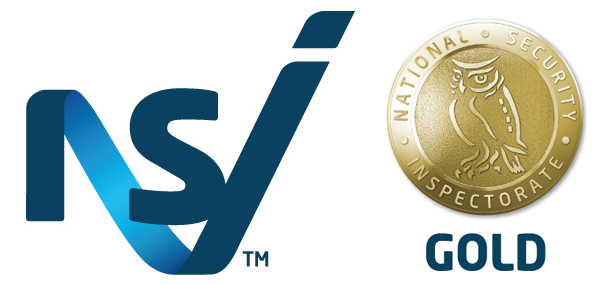
CCTV systems can often be difficult to understand, with so many options available. Central Southern Security breaks down the three main elements of a CCTV system so you can identify what system is best for your business.
CCTV Systems can be broken down into three main elements.
- ‘Take pictures’ with a video camera
- Send the pictures to their destinations
- Manage the pictures that arrive there
- Take pictures with a video camera
The first element a CCTV system needs is the ability to take pictures with a video camera. There are many types of CCTV cameras which can be categorised by the types of images they are able to capture, the amount of frames they can take per minute, the type of connection to the monitor or video recording device, whether they are able to move position, and special functions they can provide.
- Indoor cameras. Used for indoor security systems.
- Outdoor cameras. Used for outdoor places and are mostly installed on entry or exit points with limited lighting.
- IR day/night cameras. Used for high alert security areas. (Mostly by the military, in parking lots and high security zones).
- Dome cameras. Installed inside a dark dome and are designed in such a way that they go unnoticed by visitors. They are used in public places like bus terminals, railway stations and other areas where there are often huge gatherings of people.
- Bullet cameras. Placed inside bullet shaped housing, and are often used in residential places as well as commercial places. They are small in size and waterproof.
- Vandal proof cameras. Used in outdoor security. These cameras are covered with solid material and a “break proof glass” which doesn’t affect the quality of the video. It is difficult to destroy these cameras and this makes them perfect for high security.
- Hidden cameras. Compact in size and are used for secret monitoring. These are generally installed at public places like shopping malls, departmental stores, theatres and clubs etc.
- Pan –tilt- zoom cameras. These offer the ability to view and zoom in all directions. They can even be set to automatically rotate to different fields of vision.
- High-Definition cameras. Ultra high-definition cameras are often relegated to niche markets, such as casinos. These give the operators the ability to zoom in with extreme clarity.
- Send the pictures to their destinations:
There are two main types of connections for CCTV cameras: a fixed cable or a wireless connection.
Fixed Cable Connection (wired system)
A fixed cable connection means that the camera is physically connected to the monitor or recording device via a cable. Coaxial cables that are similar to normal home TV cables are usually used. As the distance increases, signal quality decreases. For distances longer than 100 or 200 feet, higher quality coaxial cables will need to be used.
Wireless Connection (wireless systems)
Most wireless CCTV cameras use the 2.4 Gigahertz frequencies to transmit their video images to a monitor or DVR (digital video recorder). Usually, frequencies can be slightly changed to have more than one group of cameras in a specific space. Wireless CCTV cameras that use this frequency can easily transmit through most walls and obstacles. However, each individual location will have its own operating limits. Expect most wireless CCTV cameras to send data to a range of about 200 feet. However, many will more likely work well when transmitting less than 150 feet. A clear line of sight transmission will always work best.
- Manage the pictures
There are two main ways to record and manage video images that CCTV cameras capture. They are VCR tape recorders and digital video recorders.
VCR Tape Recorder
A tape recorder such as a security-time lapse VCR can record CCTV camera images in either black and white or colour, from anything between 2 to 960 hours. The determining factor is how many frames per second you intend to record and how many cameras are hooked up to the VCR for recording.
Digital Video Recorders
There are two types of Digital Video Recorders. They are either stand alone devices or hard drives that are connected to a computer system. DVRs work similar to VCRs, but the images they capture from the CCTV camera is digital. The amount of digital images captured on a DVR is determined by a few factors including the frames per second recorded, the amount of cameras hooked up to the DVR device, the resolution that the DVR saves the images at, and the video compression used.


Make A Comment
Comments (0)